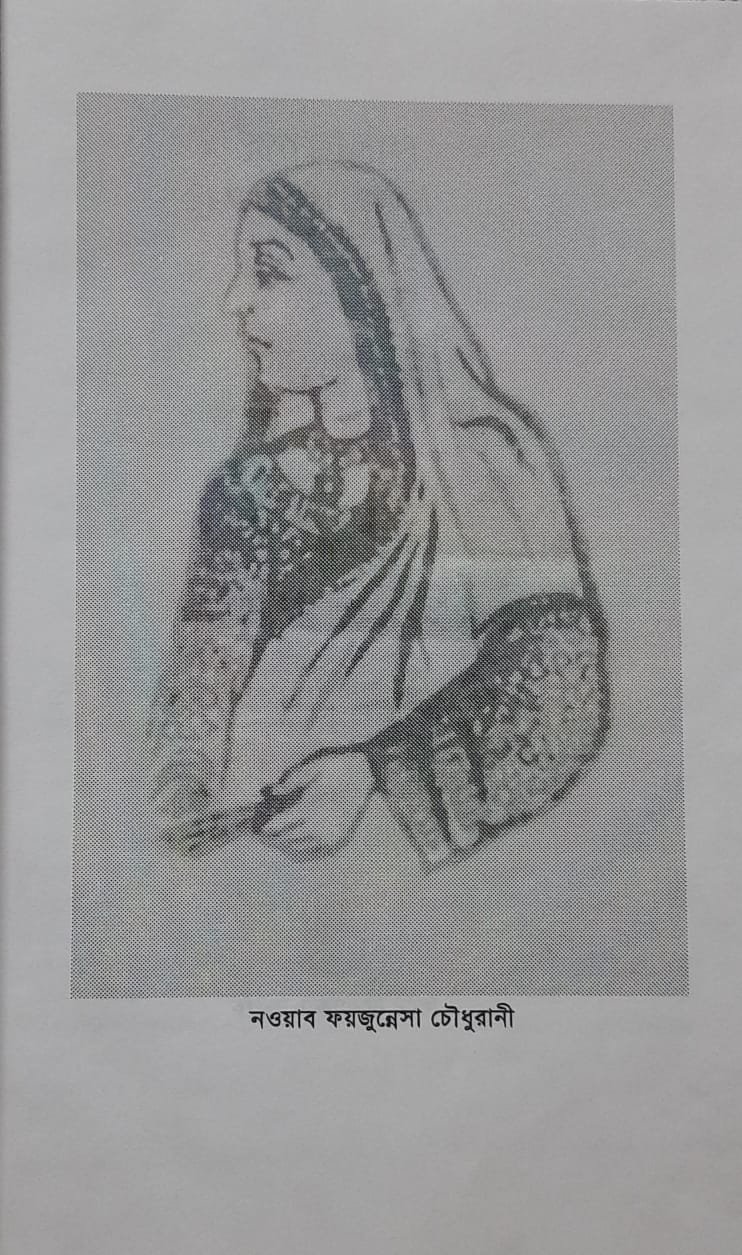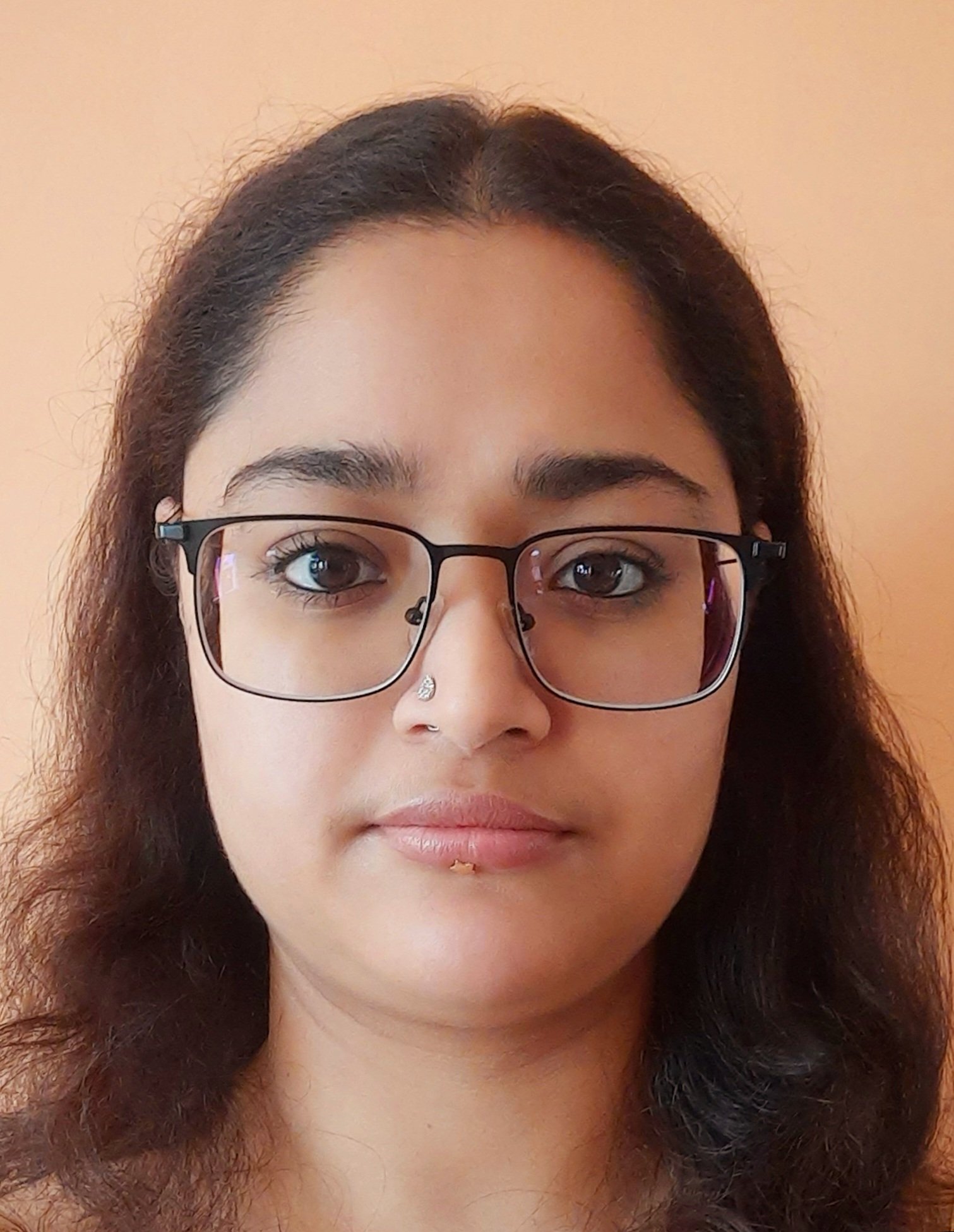
Nawab Faizunnesa Choudhurani: An Inspiring Story of The Sole Female ‘Nawab’ of Bengal
Nawab Faizunnesa Choudhurani was born in 1834 in Pachimgaon, Lakhsham in Comilla, British India in a Zamindar family (2). Her parents, Zamindar Ahmed Ali Chowdhury and Arafanessa Chowdhurani belonged to the prominent landlord gentry and shared their lineage with the Mughal aristocracy. Faizunissa was the eldest among five siblings– Yakub Ali Chowdhury, Yusuf Ali Chowdhury, Latifunessa Chowdhurani, and Amirunessa Chowdhury. Her yearning for knowledge persuaded her father to appoint a home tutor for her. Growing up, she gained exceptional grip over Bangla, Arabic, Persian, and Sanskrit, albeit home education as per the usual practice of the time. Her family history, however, reflected the contemporary attitude towards the newly established British rule– of both resistance and collaboration. Her family history contains resistance against and complicity with the British rulers. She mentioned in her book how her maternal grandfather, Mozaffar Gazi Chowdhury, chose death over acceptance and submission to the colonial ruler. Her father, however, became a collaborator of the Crown.
In founding educational institutions, both modern and traditional, she did not discriminate between boys and girls or religion. She set up three categories of education – religious schools, schools for boys and girls, and colleges for both. She established the Faizunnesa English High School in Comilla district in 1873, along with at least fourteen primary schools and a madrasa for secondary school students in Pachimgaon, which is now known as the Nawab Faizunnesa Government College. The English middle school she established was raised to the status of a high school under Calcutta University in 1909. In addition, she donated a generous amount to establish the Victoria College in Comilla, present day Bangladesh. The free Madrasa, which Faizunnesa established at her residence later on became the Higher Secondary Islamia College in 1943. But, most importantly, she was the first to establish a school for female education in Bengal that allowed girls from any religious background to pursue education in Bangla medium, in the regional language, at Kandir Par, Commilla. Her daughter Badrunnesa carried forward this tradition of upholding education. Badrunnessa helped her mother in setting up primary schools for boys. The Nawab Faizunnesa and Badrunnessa High School for boys are one of the surviving schools in present-day Bangladesh.
Faizunnesa’s only surviving piece of literature is Rupjalal, a fantasy fiction written in the form of prose-poetry, a genre known as Champu Kavya. It was published in 1876 from Dhaka.
There is a fascinating rebellious account of how she got the title, ‘Nawab’. The District Magistrate Douglas wrote to Queen Victoria to award Faizunnesa for her social work. In a letter written to the officials in London, he mentioned that the title of Nawab was suitable for Faizunnesa. This enraged both the orthodox and liberal Muslims in Bengal. They wrote a petition to Queen Victoria and questioned this request, saying that a woman should not be bestowed upon with the title of Nawab, since it is solely meant for men. Considering this petition, Queen Victoria awarded Faizunnesa with the title of Begum, a feminine title generally used for a Nawab’s wife. The episode took a rather radical and revolutionary turn when Faizunnesa asserted firmly that being a successful ruler of an estate and a tax-paying subject of the Crown, this was an unacceptable discrimination and turned down the title of Begum bestowed by Queen Victoria. The tension escalated as she refused to kneel to religious, social, and cultural orthodoxy and the Bengali Muslims’s resistance towards granting the title of ‘Nawab’ to a woman, that too, a divorced one. Eventually, the British Parliament intervened and resolved the matter in favour of Faizunnesa. Thus, in 1889, Faizunnesa became the sole female ‘Nawab‘, a title bestowed by Queen Victoria, in the subcontinent.
She got married to her distant cousin Syed Mohammad Ghazi in the year 1860. She was the second wife of Mohammad Gazi. Her married life was said to be not a pleasant one. After five years of marriage in 1865 with Mohammad Gazi Choudhuri, on account of him being a polygamous man, she sought a divorce. It was a rebellious move for a Muslim woman of the mid-nineteenth century to not accept the status of a second wife. She chose her dignity over her married life, went to the court to finalize her divorce and the alimony she was entitled to, and left her marital home with her two daughters, Arshadunnessa and Badrunnessa.
Socio-patriarchal conservatism, customary seclusion, and a turbulent marriage could neither quench her thirst for knowledge nor her zeal to be at the forefront of the reformist movement and social activism for the betterment of women. Besides being a pioneering figure in education, especially female education, she was a skilled Zamindar and a philanthropist. She commissioned several hospitals, roads, bridges, and ponds to be built for people’s betterment and she aided generous financial support to the British Crown in developing Tripura. She even established a rest house for the Hajis (3) in Makkah and a madrasa in Madinah in 1894, when she had performed her Hajj.
A formidable woman of the 19th century, Faizunnesa not only fought against social and cultural orthodoxy of the era but also for the betterment of people and female education. Prevalent customs of veiling and gendered segregation and discrimination could not subdue her. She fought for herself and for several other women. A skilled ruler, a great philanthropist, and a pioneer of female education are limited words that can encapsulate the phenomenal person that she was.
Footnotes:
1. Sketch of Nawab Faizunnesa Chowdhurani – Rupjalal, Mohammad Abdul Kuddus (ed), Bangla Academy, Dhaka, Bangladesh, 2004
2. https://www.oxfordreference.com/display/10.1093/oi/authority.20110803133350561
3. An Arabic term of respect for someone who has made the pilgrimage to Mecca and performed the Islamic pilgrimage, Hajj
References:
Amin Sonia N, The World of Muslim Women in Colonial Bengal, 1876-1939, Brill Academic, 1996
https://en.banglapedia.org/index.php/Choudhurani,_Nawab_Faizunnesa as on 21 February 2025
https://thecho.in/files/15.-Sheikh-Manirul-Islam.pdf as on 21 February 2025
https://www.tandfonline.com/doi/epdf/10.1080/02759527.2007.11932517?needAccess=true as on 21 February 2025
https://www.facebook.com/HeritageTimes.InOfficial/posts/nawab-faizunnesa-the-rebellious-bengali-muslim-woman-of-19th-centuryfaizunnesa-c/992969212865288/ as on 9 December, 2024
(The views expressed in this article are the author’s own. Content can be used with due credit to the author and to ‘Zariya: Women’s Alliance for Dignity and Equality’)
ABOUT THE AUTHOR:

Malabi is a doctoral fellow at IISER Mohali. She is working on women’s literature and female Muslim authors in Colonial India. Her work involves colonial history, literature, psychoanalysis and gender studies.



